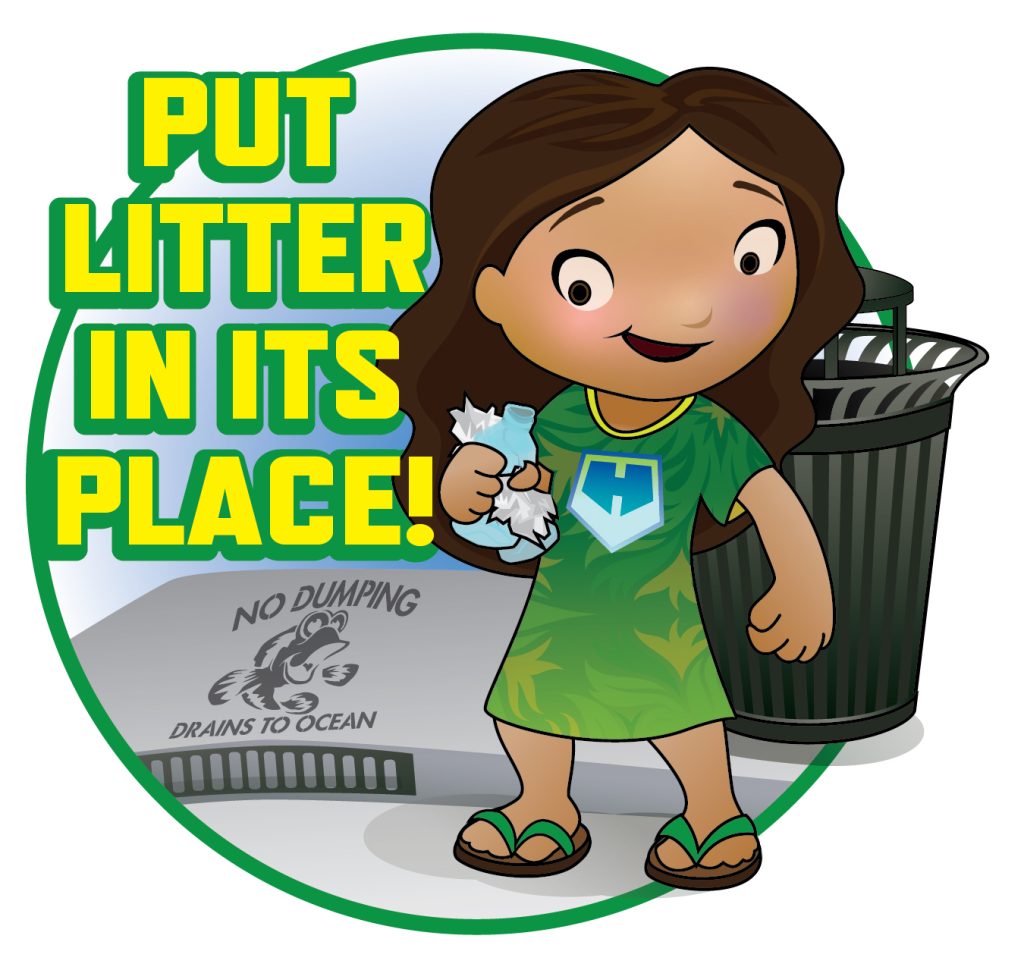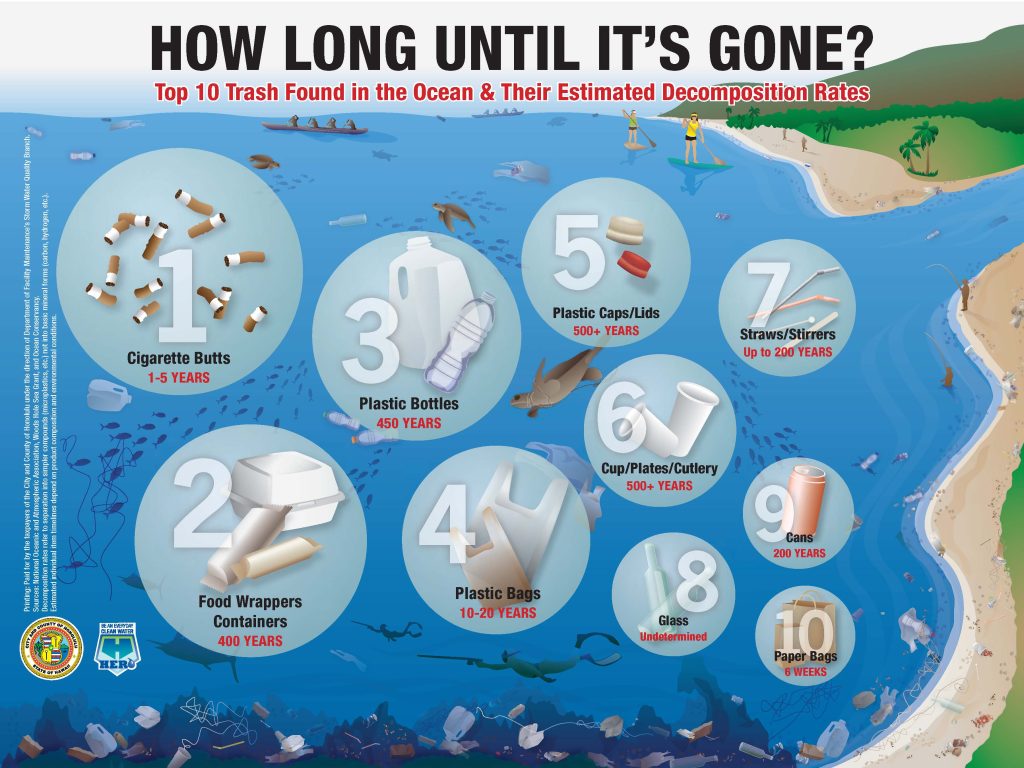Put Litter in its Place!
Make A Pledge to Put Litter In Its Place!
- Carry it there! In public spaces hold onto your litter till you can place it in a receptacle
- Don’t use a public trash receptable that is already full
- Keep HI5 recycables for redemption
- Pick up trash! Just one piece of litter a day makes a difference
- Use your purchase power! Refuse single use and reuse. Choose items with less packaging
- Volunteer at a clean-up
- Share these important tips with your friends and family
Why it Matters…
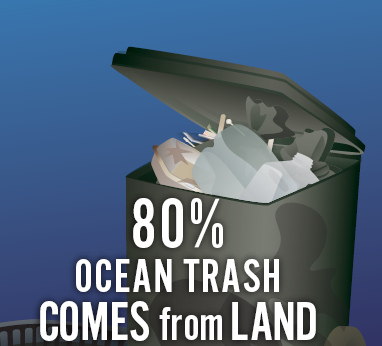
80 percent of the annual input of plastic litter, such as drink bottles and plastic packaging, comes from land-based sources. The remainder comes from plastics released at sea, such as lost and discarded fishing gear.
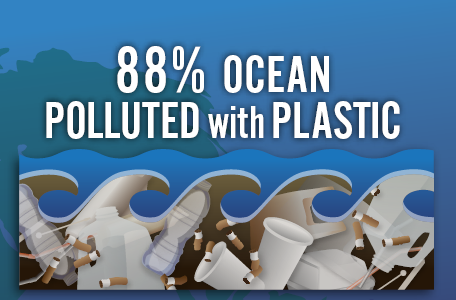
The total amount of plastic in the open-ocean surface is estimated to be between 7,000 and 35,000 tons. The study is based off of 3,070 total ocean samples that were collected around the globe.
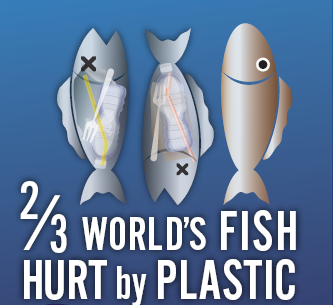
Commercial fish species, such as Opah and Bigeye Tuna, consume plastic which could significantly reduce global populations. 663 marine wildlife species are reported to be impacted by marine debris. Over 80% of the impacts were associated with plastic debris.
What is marine debris?
Marine debris includes all objects that do not naturally occur in the ocean. Marine debris has become the most pervasive pollution problem for our ocean and water ways.
What are sources of marine debris?
Sources of marine debris include beach and inland litter from storm sewers and improper waste disposal activities. Because of our prevelant tradewinds a significant amount of wind borne debris comes from improper diposal.
What are the impacts of marine debris?
Marine debris decreases health and safety of anyone or anything that lives in or visits our waterways or ocean. It also degrades economies based on ocean tourism and fisheries.

